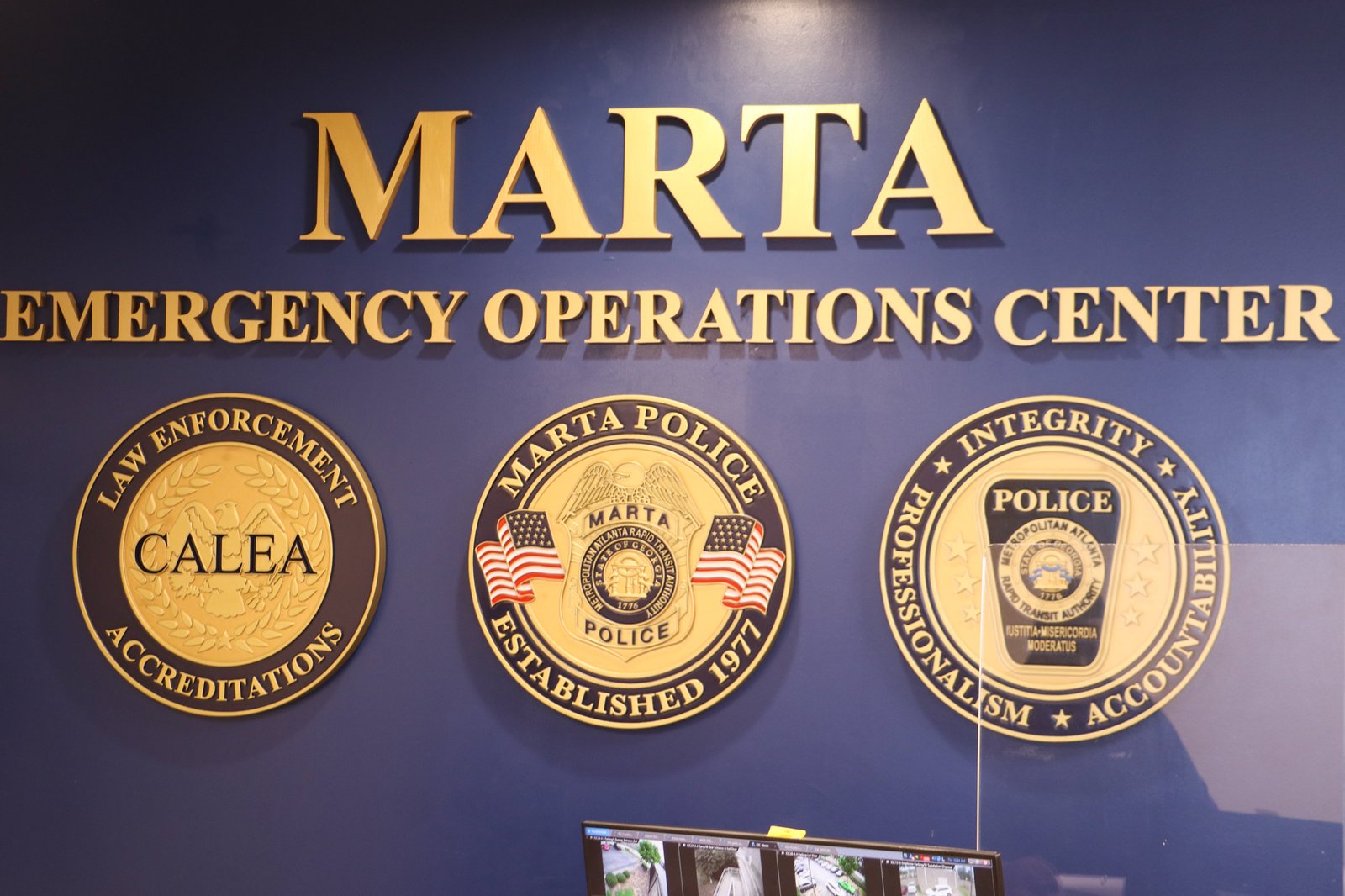
By Milton Kirby | Atlanta, GA | August 21, 2025
The Metropolitan Atlanta Rapid Transit Authority (MARTA) Police Department invited reporters Thursday to its Chamblee rail station for a press conference on safety and security, including a tour of the Real-Time Crime Center (RTCC) and Emergency Operations Center (EOC). But for at least one attendee, the effort to highlight safety underscored a different problem: accessibility.
I arrived at the station around 9:35 a.m., well ahead of the 10 a.m. start time. With no signs directing the press to the proper entrance, I approached the east side of the station near New Peachtree Road and attempted to use one of the white assistance phones. It did not work. I tried a nearby blue police phone—also dead.
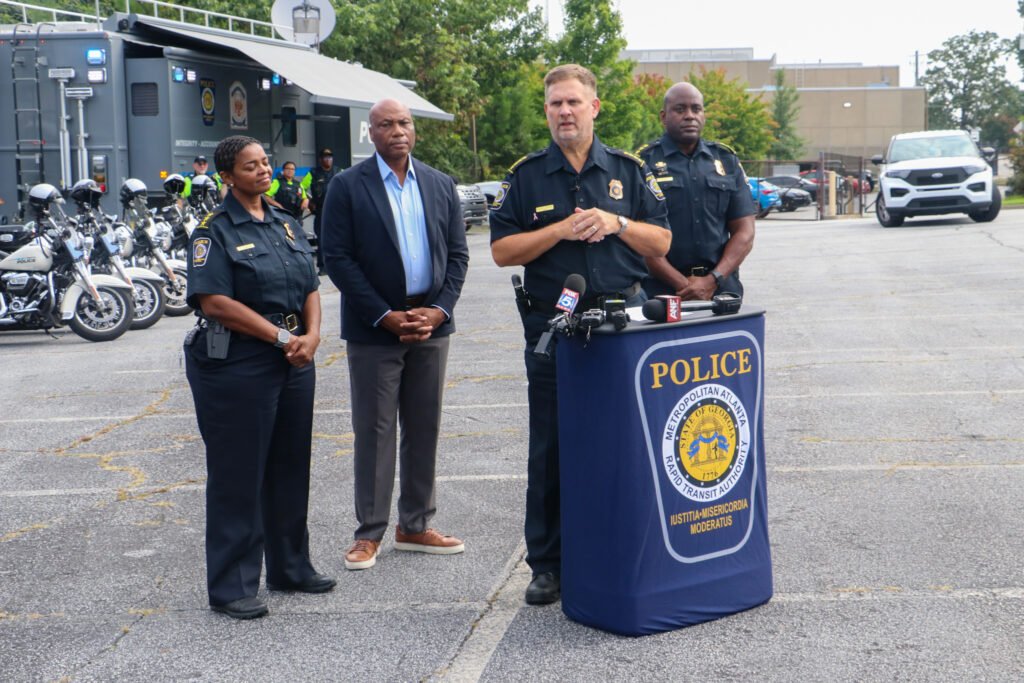
After several minutes of circling, I spotted a uniformed officer inside the fare gate. The officer was courteous, but admitted he was not assigned to the press detail. He radioed his dispatcher for guidance, only to be told that they had no information on where the briefing was being held. I expected more of an effort to help. I then walked the station’s perimeter, still with no luck.
From about 9:40 to 10:20, I searched for assistance. I called MARTA’s help line, where an agent transferred me to customer service—without response. It was not until a MARTA researcher, who happened to park at the station, escorted me that I finally found the briefing area. Ironically, the event was staged in the same lot where she normally parked, which had been closed off.
Along the way, I encountered a young rider whose MARTA card showed a zero balance. To help, I gave her my own card so she could make it to work. That’s what community looks like.
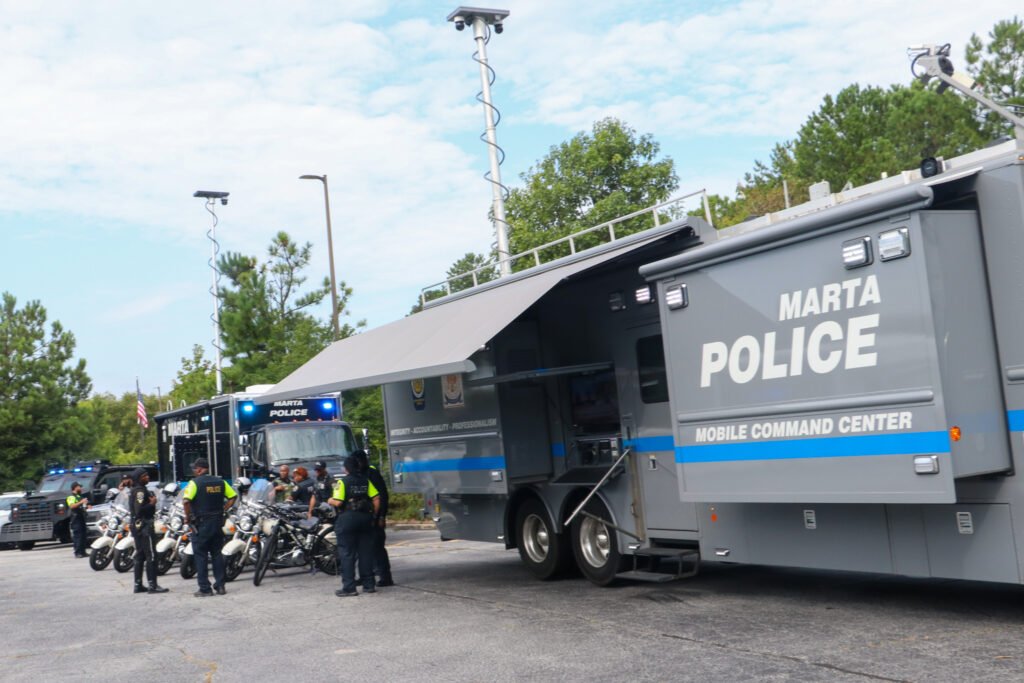
Chief Scott Kreher, who addressed the media, had stressed in the press release that “hundreds of MARTA police officers patrol rail stations, trains, buses, and parking lots 24-hours a day… responding immediately when someone breaks the law.” Yet on Thursday, even with police nearby, help proved elusive.
This was particularly disappointing given my history with the system. Since I arrived in Atlanta in 1983, I have been a regular MARTA patron, boarding and or exiting from every station in the system except Bankhead. At one point, when my office was located on Forsyth Street in downtown Atlanta, I boarded at Indian Creek and arrived at Five Points just 22 minutes later—a testament to the convenience MARTA can provide.
Over the decades, I have also been a vocal advocate for the transit system because I understand the need for affordable and reliable transportation. To MARTA’s credit, since requesting to be added to the media distribution list, I have consistently received communications—both favorable and not so—which reflects a degree of transparency. I continue to believe MARTA is, overall, a safe and reliable system. Still, Thursday’s incident was a stark reminder of how lapses in attention to detail can leave a casual or first-time visitor with the impression of poor standards and a lack safety measures.
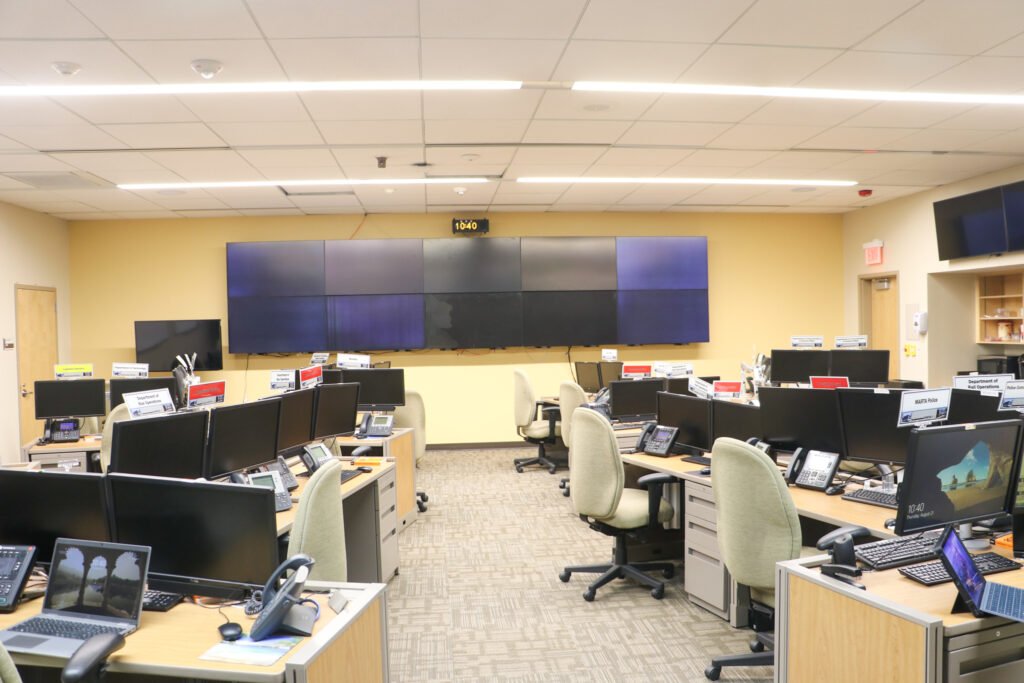
Once inside, the displays were impressive. The Real-Time Crime Center and Emergency Operations Center showcased MARTA’s technological backbone, while the motorcycles, armored car, and drones demonstrated its ability to respond quickly to investigate incidents.
Chief Kreher later explained that many of the system’s elements are currently being upgraded. Renovations include updated fare collection, station improvements, and new trains designed to ease operations. He was apologetic for the confusion, but I could not help thinking: in an actual emergency, my morning experience “could” have been a matter of life or death. In my view, MARTA failed miserably in that respect.
MARTA police officials used the briefing to emphasize preparations for the busy Labor Day weekend and next summer’s World Cup. But the lack of signage, nonfunctional assistance phones, and scarce direction raised serious questions about how accessible help truly is—for both reporters and riders.
As someone who has seen MARTA evolve since the days of eight-car trains with cushioned seats, I found the morning disheartening. With a press event expected to draw outsiders, the authority could have easily provided clear signage or attendants to guide the way. For everyday riders, however, the stakes are higher than a missed briefing. Needing assistance in an emergency should never mean waiting half an hour for answers—or finding only silence on the other end of the phone.
Related articles
MARTA rolls out Big Changes with New Fare System Upgrades
MARTA Unwraps the Holidays with Free Rides, Festive Buses, and Gifts for Riders
MARTA Rolls Out an Outkast Tribute Across Atlanta
MARTA Completes Garnett Station Platform Renovation
From Tokens to Tap-to-Pay: MARTA Unveils Better Breeze
MARTA to Close Five Points Peachtree Entrance as Next Phase of Transformation Begins
MARTA Interim CEO Charts Course for Safer, Faster, More Reliable Transit Ahead of World Cup
Atlanta Beltline Nears 2030 Completion with Big Progress and Bigger GoalsWorld-Class Transit for World-Class Soccer: MARTA Steps Up
Please consider supporting open, independent journalism – no contribution is too small!

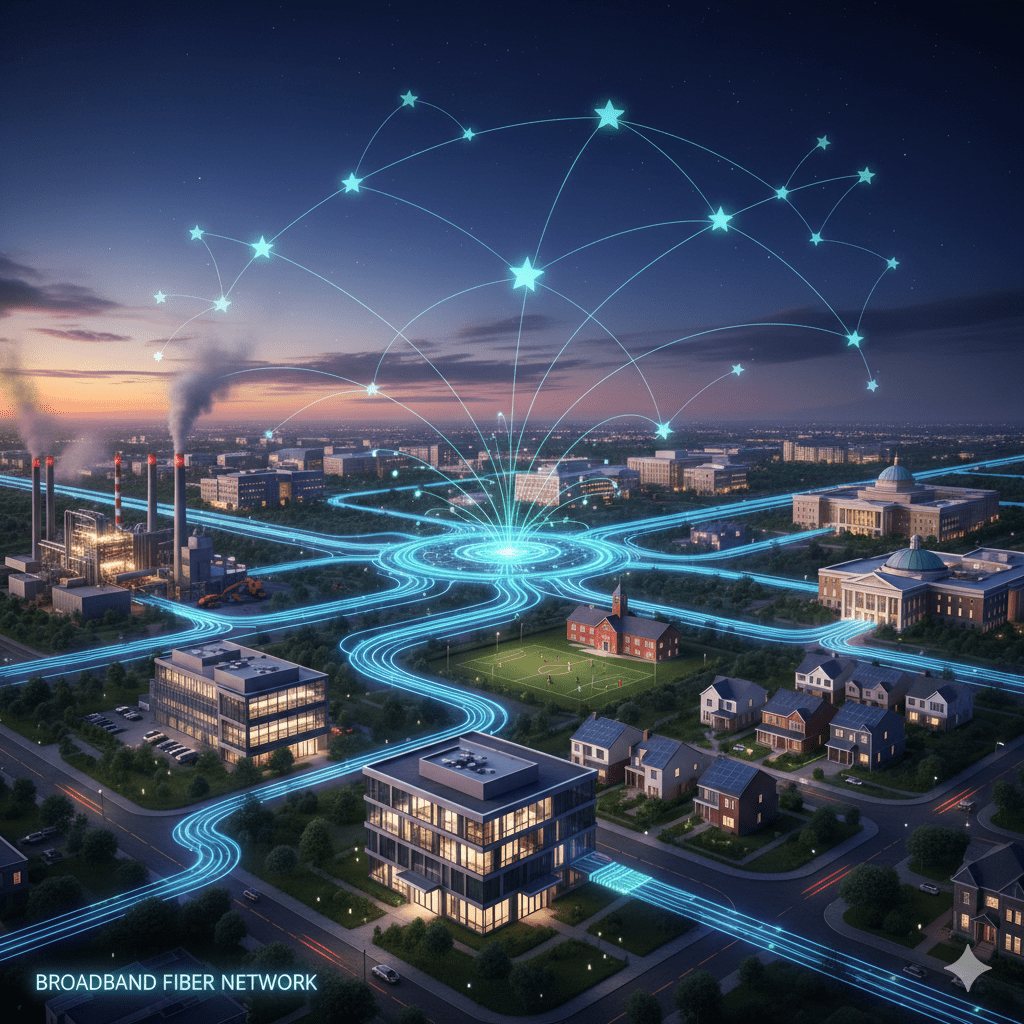
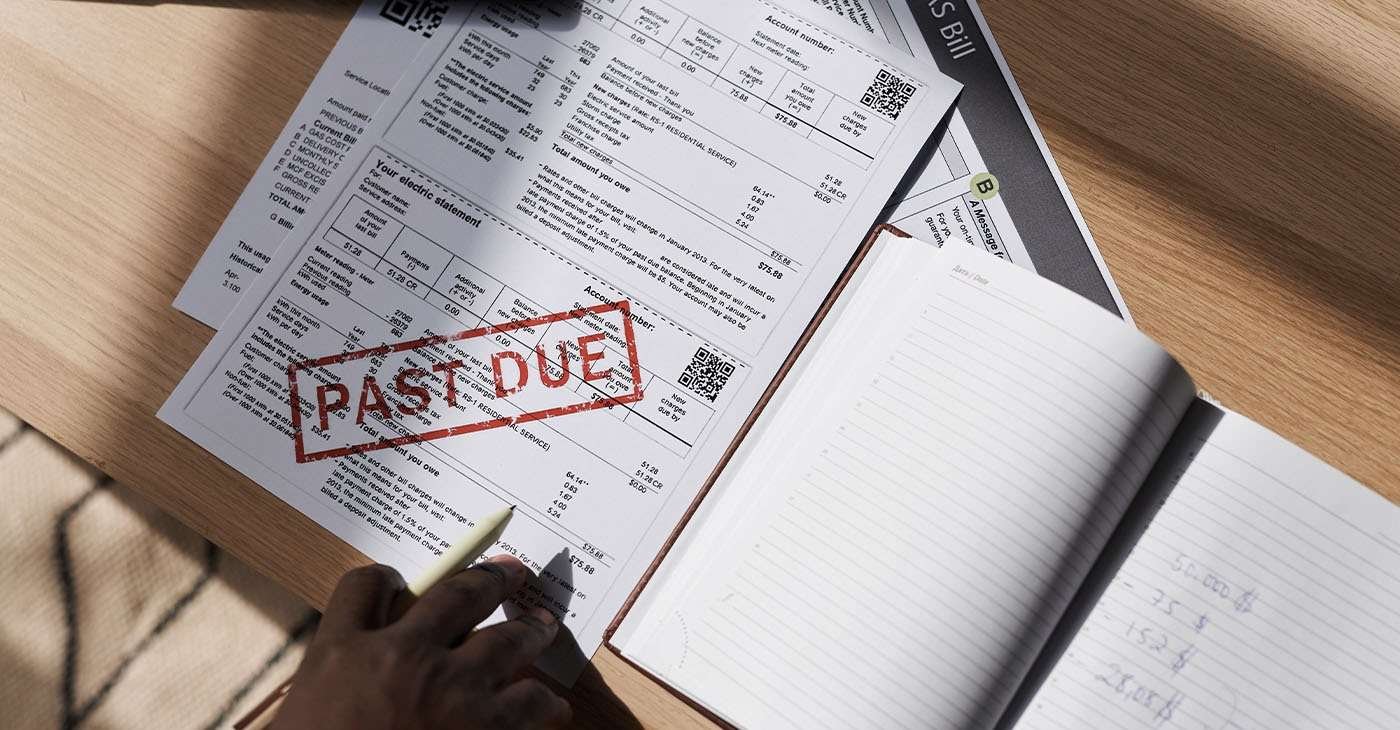



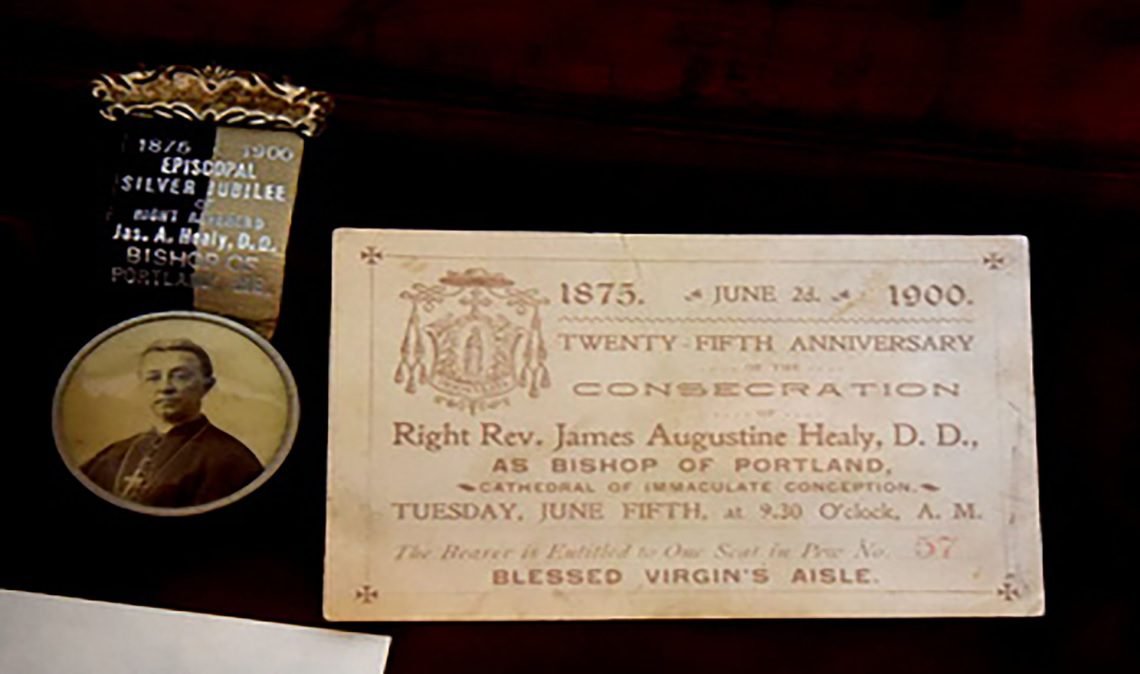


Great article! Yes, MARTA is a love-hate, bittersweet relationship. When it works, it works relatively well. But when not, it’s a miserable failure as reported.
Honestly, I wish they will stop misrepresenting law enforcement’s being on trains and on the beat! It’s simply not true!
Likewise, I have been on the 21 min ride from Kensington to Five Points for ten years, and for the past two years, I take a second train to North Ave. The north and south bound travels are mechanically unpredictable and challenging. And at this particular station, the police over polices fare-evaders with 7-8 on one person! I advocate for stopping stabbings, smokers on the platforms and train, and remove loud, vulgar talking riders. Their aim to stop crime is low.
But, I’m encouraged. And I’m committed to the success of MATRA as a patron. Thanks.